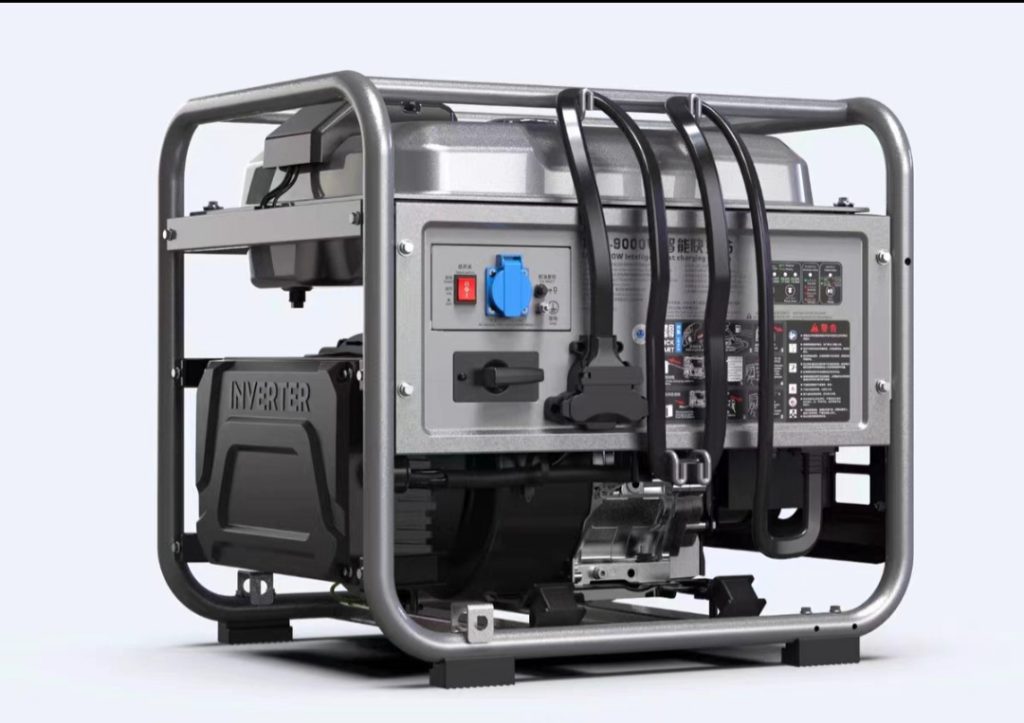
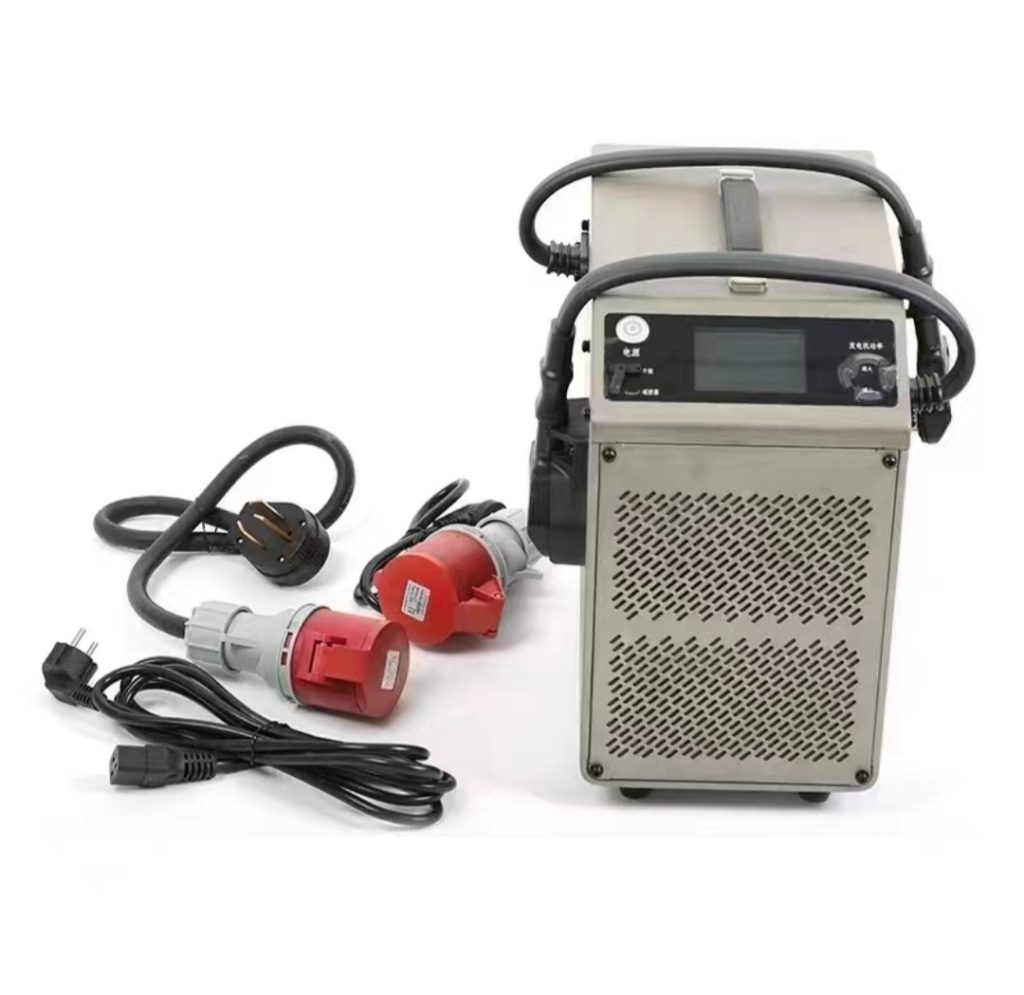

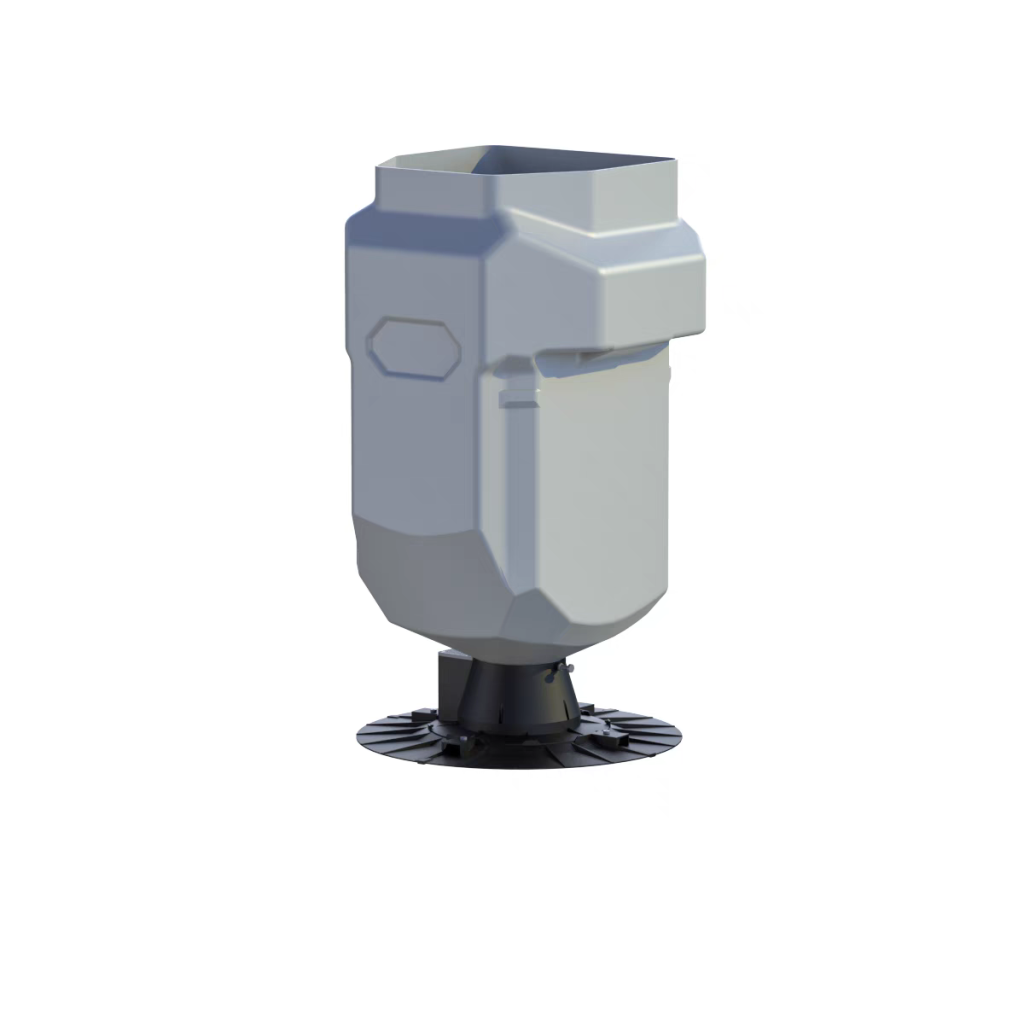

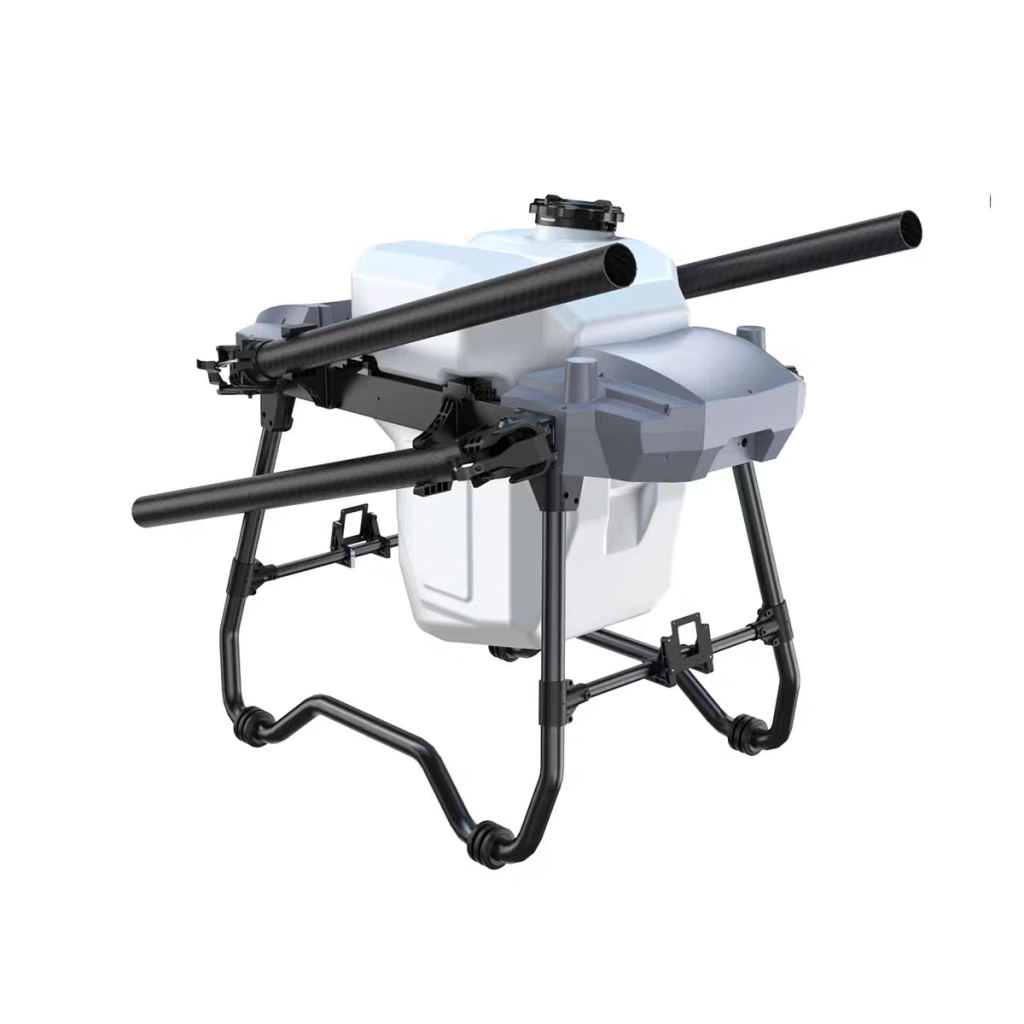
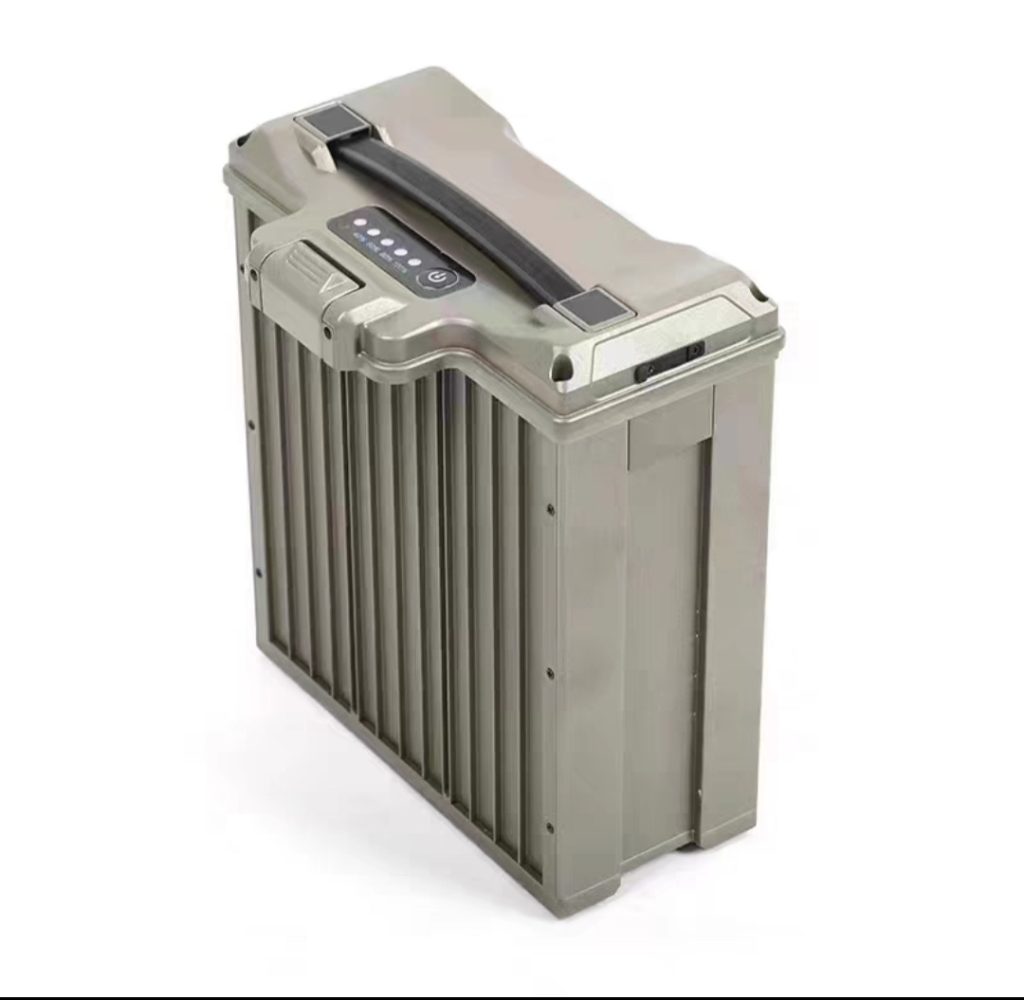
In recent years, agricultural drones have become an essential tool in modern farming. These drones are transforming how farmers monitor their crops, spray pesticides, and optimize their field management. As agricultural drones continue to gain popularity, understanding the key components and accessories that enhance their performance is crucial. In this article, we will explore the main agricultural drone parts and accessories, discussing their functions, benefits, and how they contribute to the overall efficiency of agricultural operations.
By the end of this guide, you will have a clear understanding of the key drone components and the latest accessories that make agricultural drones even more effective. Whether you are a seasoned farmer or just starting, this comprehensive guide will help you optimize your drone-based farming solutions.
1. Key Agricultural Drone Parts
To fully understand how agricultural drones work, it’s essential to first look at their key components. Each part of the drone plays a significant role in ensuring smooth operation and accurate data collection.
a. Drone Frame
The frame is the structural foundation of the drone. Made from lightweight yet durable materials such as carbon fiber or plastic composites, the drone frame is designed to withstand environmental conditions while keeping the overall weight low for efficient flight. A well-designed frame ensures that all other components, like the battery and sensors, are securely mounted and protected.
b. Motors and Propellers
The motors and propellers work together to provide the lift and thrust needed for the drone to fly. High-performance motors are essential for efficient flight, especially when the drone is carrying heavy payloads like spraying systems or cameras. Propellers vary in size and material depending on the drone’s intended use, and their efficiency directly impacts the drone’s flight time and stability.
c. Battery
The battery is one of the most important components of any agricultural drone. It powers the drone’s flight and operations. The battery’s size and capacity determine how long the drone can stay airborne. In agricultural applications, where large fields need to be covered, longer battery life is crucial. Many modern agricultural drones use lithium-polymer (LiPo) or lithium-ion batteries for their efficiency and high energy density.
d. GPS System
The GPS system is critical for navigation and precise location tracking. It enables the drone to fly autonomously, following pre-programmed routes and collecting data with high precision. In agriculture, GPS is used to map out fields, create planting patterns, and monitor crop health. The integration of RTK (Real-Time Kinematic) GPS in some drones further enhances accuracy, making it ideal for tasks like spraying and field mapping.
e. Camera and Sensors
One of the most powerful aspects of agricultural drones is their ability to collect data using cameras and sensors. These include RGB cameras, multispectral cameras, and thermal sensors, each serving a unique purpose:
RGB Cameras: Capture standard high-resolution images of crops, which can be used for visual inspection and general monitoring.
Multispectral Cameras: Provide data on plant health by capturing various wavelengths of light beyond the visible spectrum, helping farmers detect diseases, nutrient deficiencies, or water stress.
Thermal Sensors: Measure heat patterns, making them useful for irrigation management, identifying areas with temperature irregularities, or locating stressed crops.
2. Essential Agricultural Drone Accessories
While the primary drone components are necessary for basic functionality, there are several accessories that enhance the drone’s capabilities, making it more efficient and versatile for agricultural use.
a. Sprayer System
One of the most significant applications of agricultural drones is spraying. Drones equipped with sprayers allow farmers to apply pesticides, herbicides, or fertilizers precisely and evenly across large fields. Sprayer systems come with different nozzle types and adjustable flow rates, ensuring the right amount of chemical is applied at the right time. These systems help reduce the overuse of chemicals and ensure that crops receive optimal treatment.
b. Autonomous Flight Controllers
Flight controllers are the brains of the drone, enabling it to fly autonomously. These controllers manage the drone’s altitude, speed, and stability. Autonomous flight controllers are essential for precise mission planning and consistent performance, especially in large-scale agricultural applications. These controllers can be programmed for various tasks, such as field surveys or spraying, improving overall efficiency.
c. Payload Systems
Payload systems are additional modules that can be attached to agricultural drones to expand their capabilities. These systems can carry different payloads, including cameras, sensors, and sprayers, allowing farmers to customize the drone ac

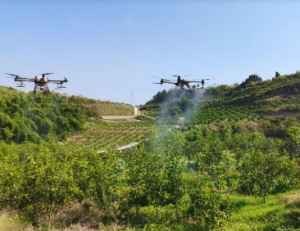
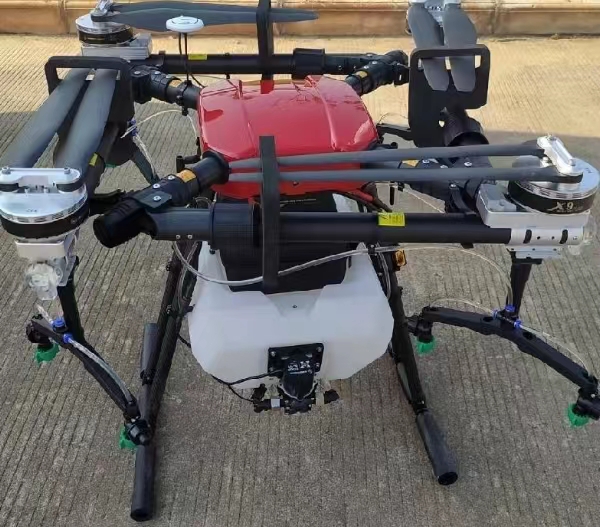
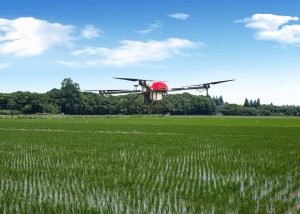
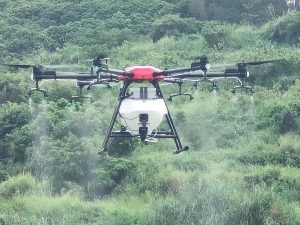
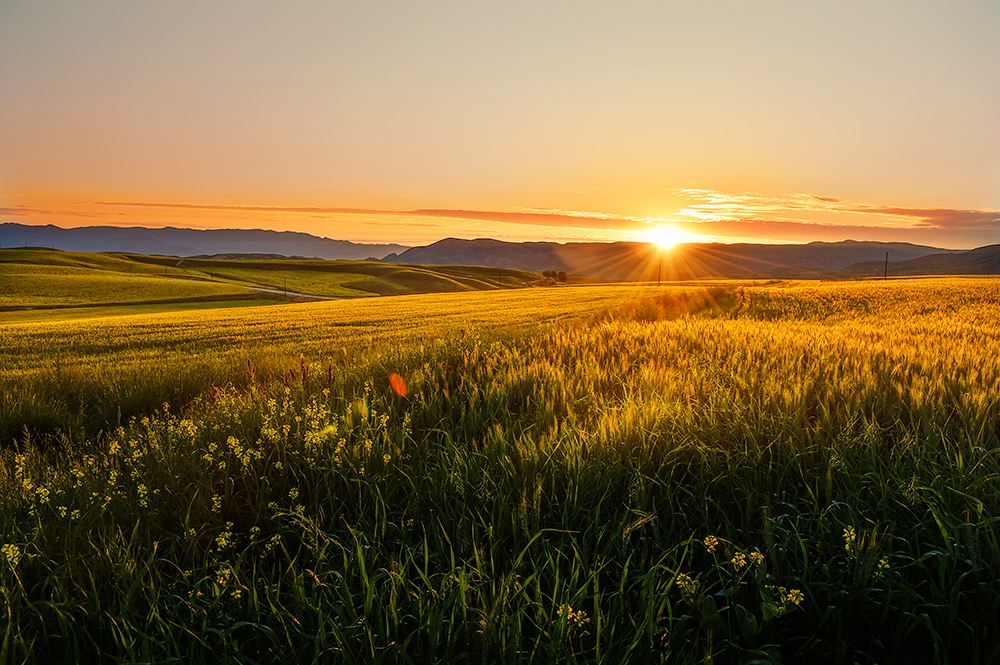
暂无评论内容